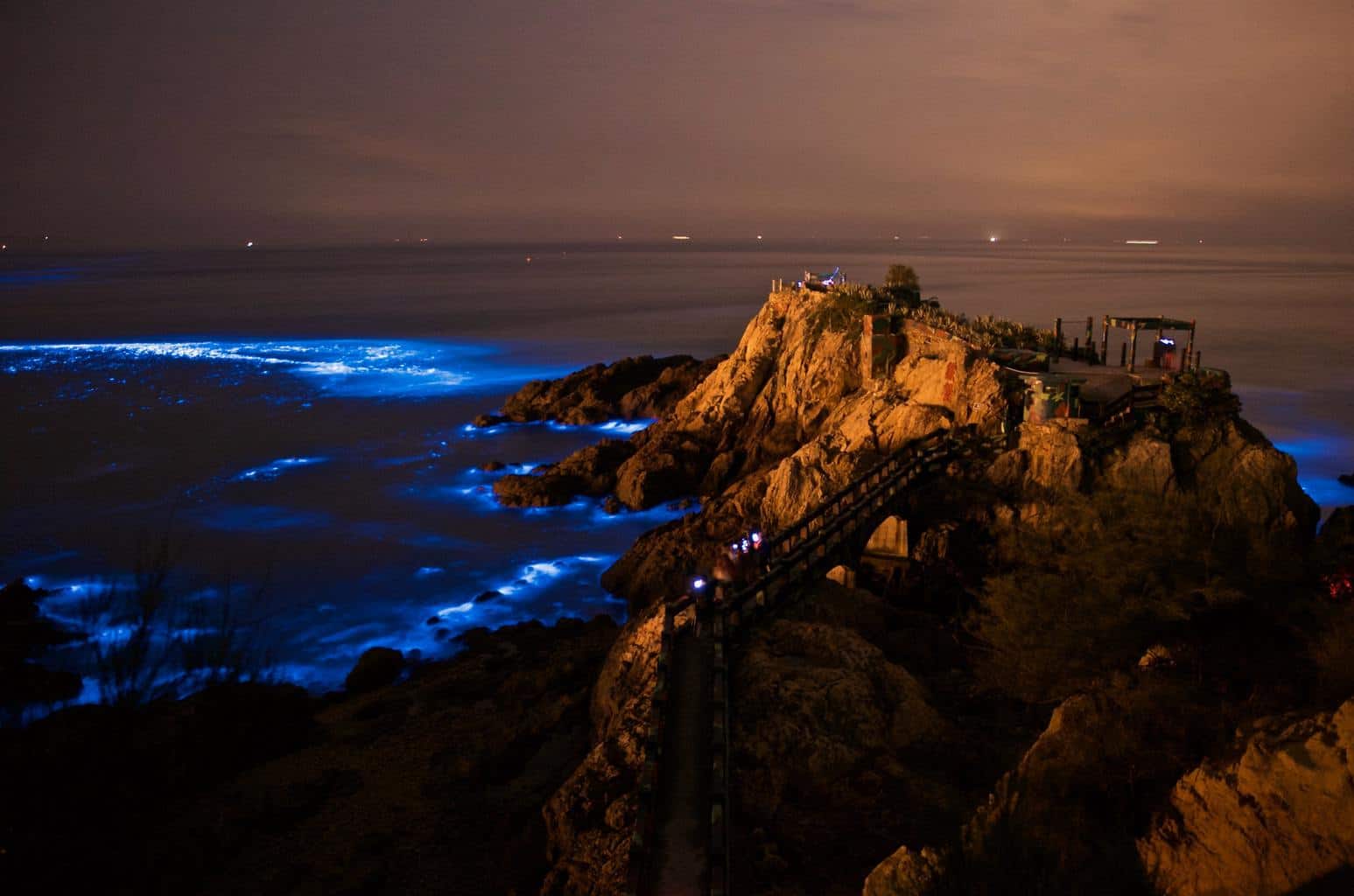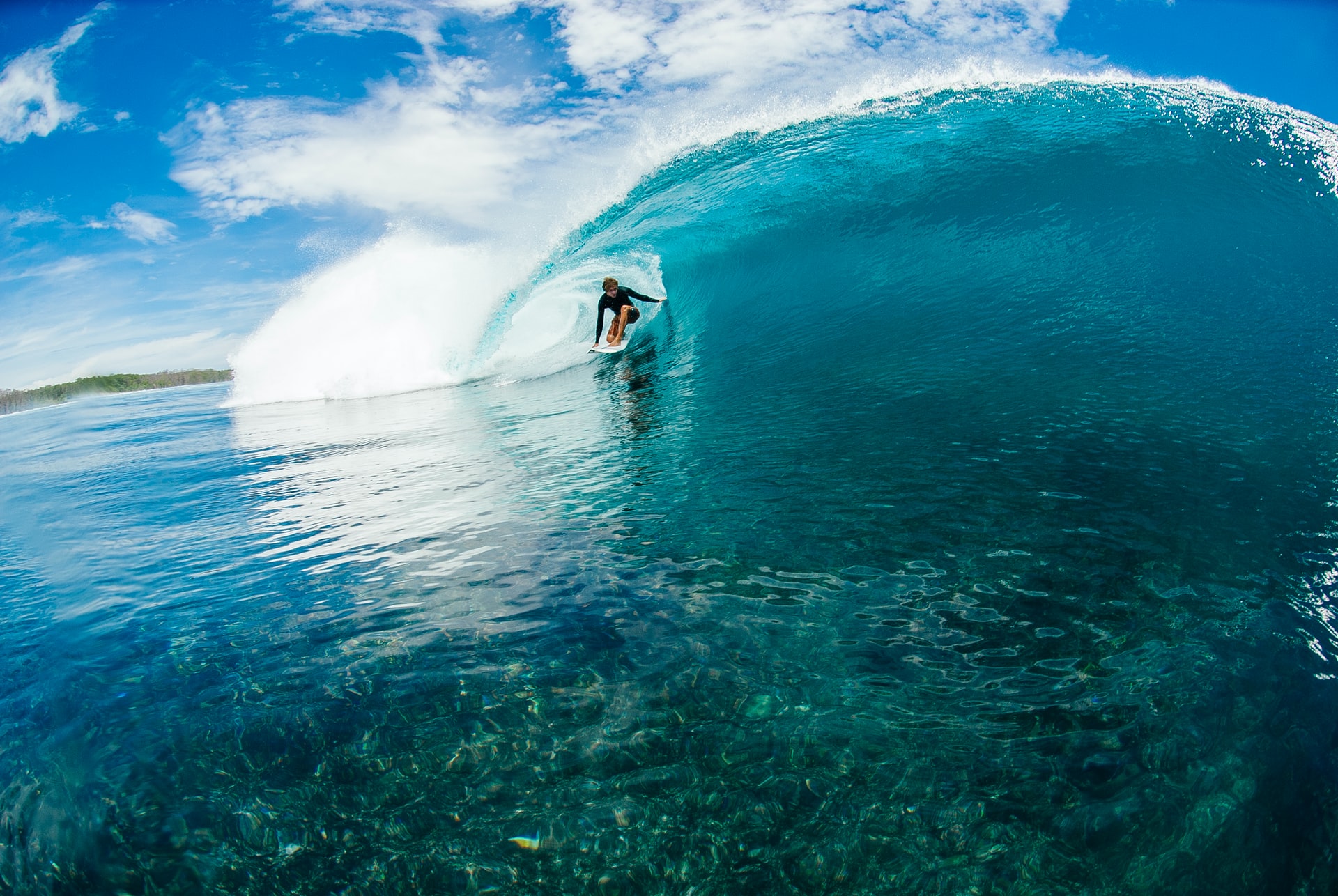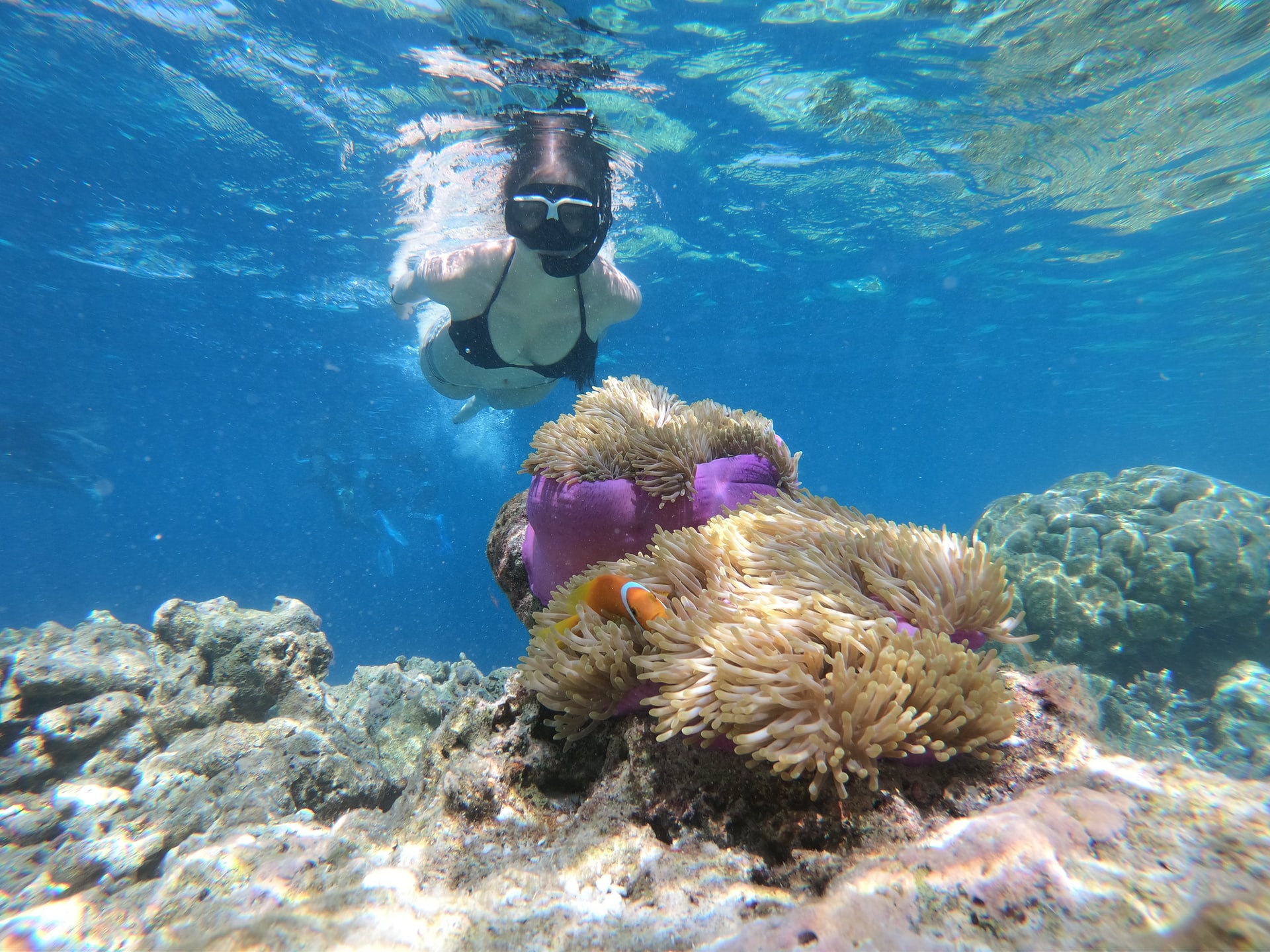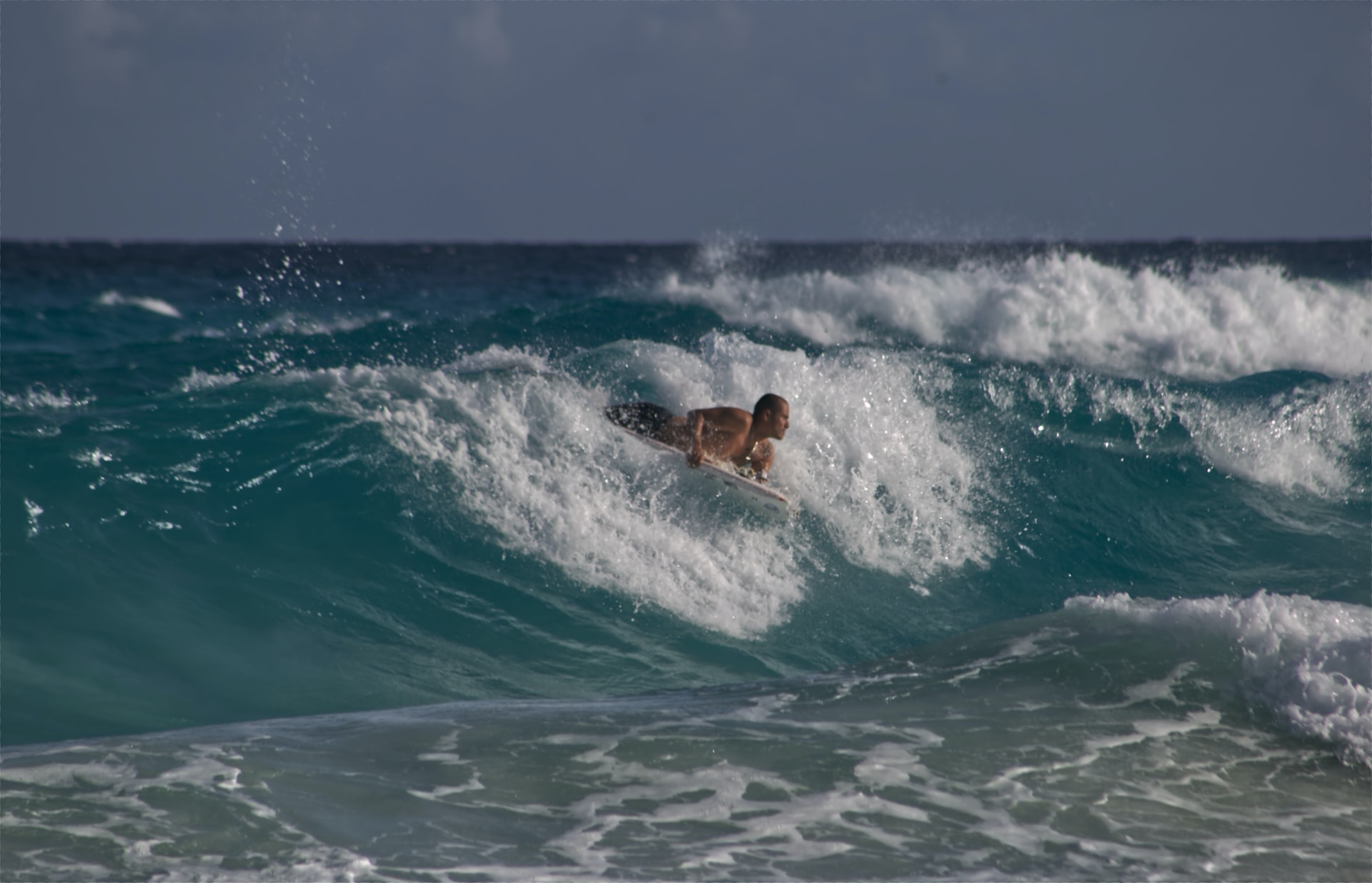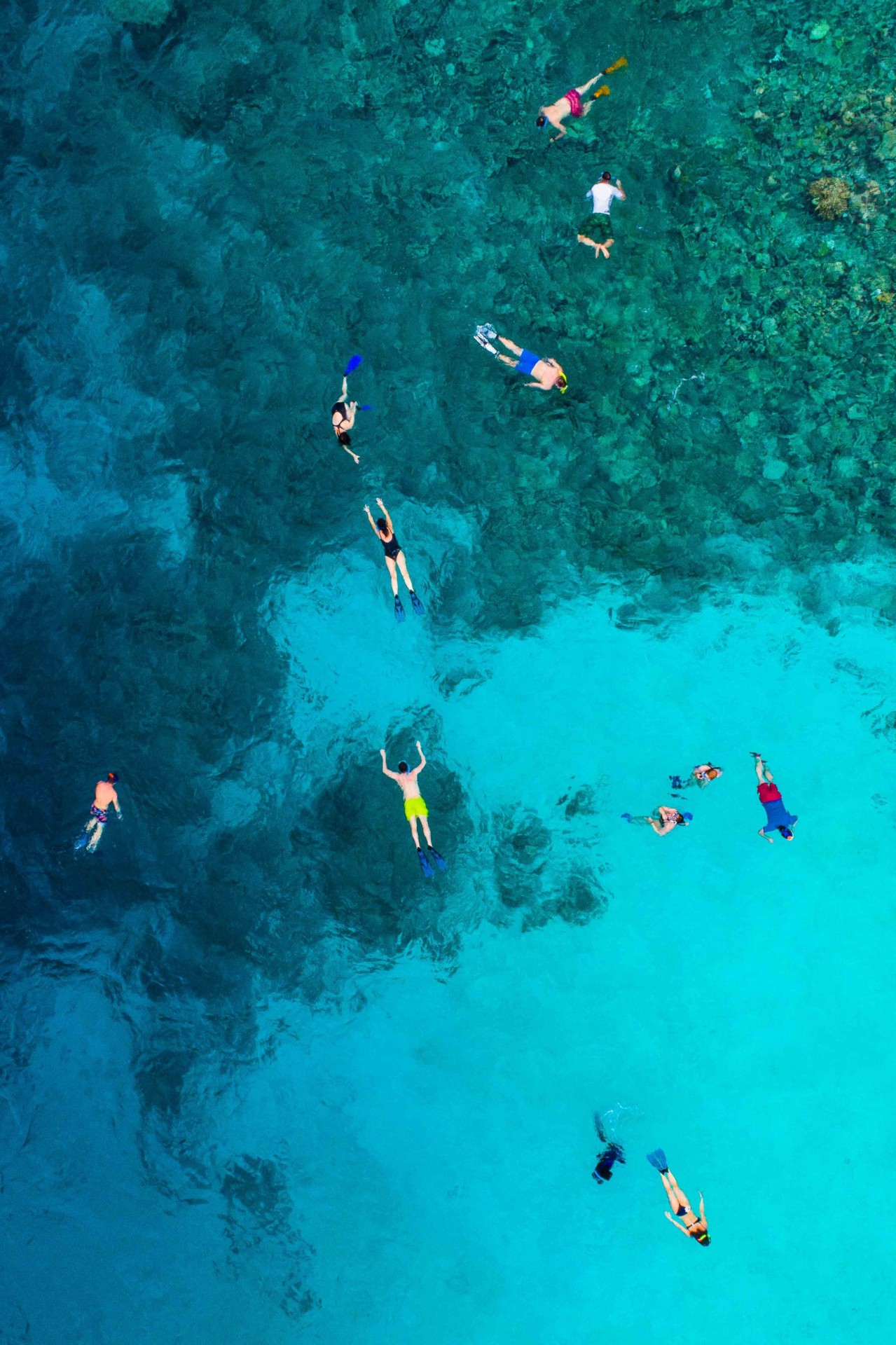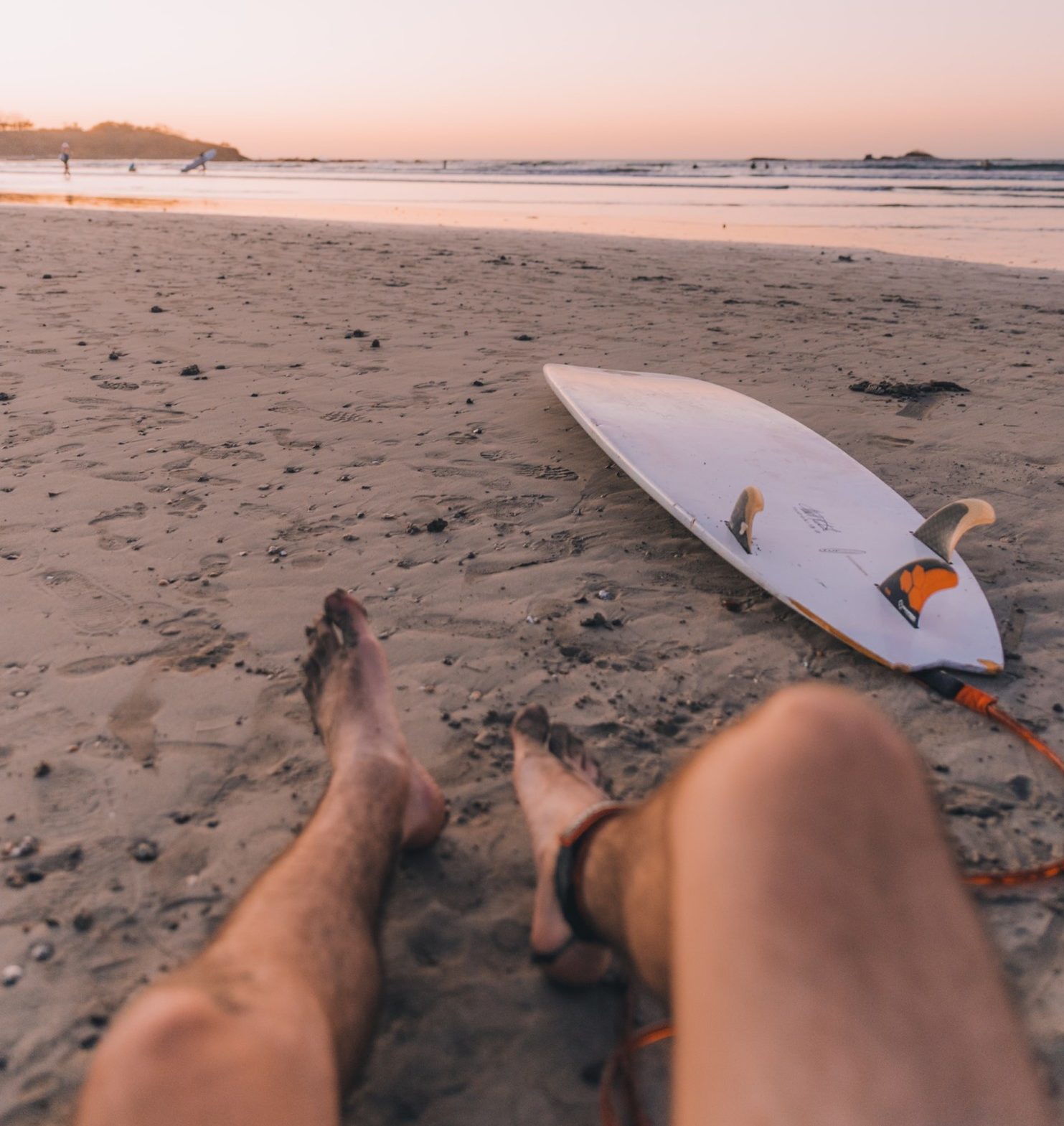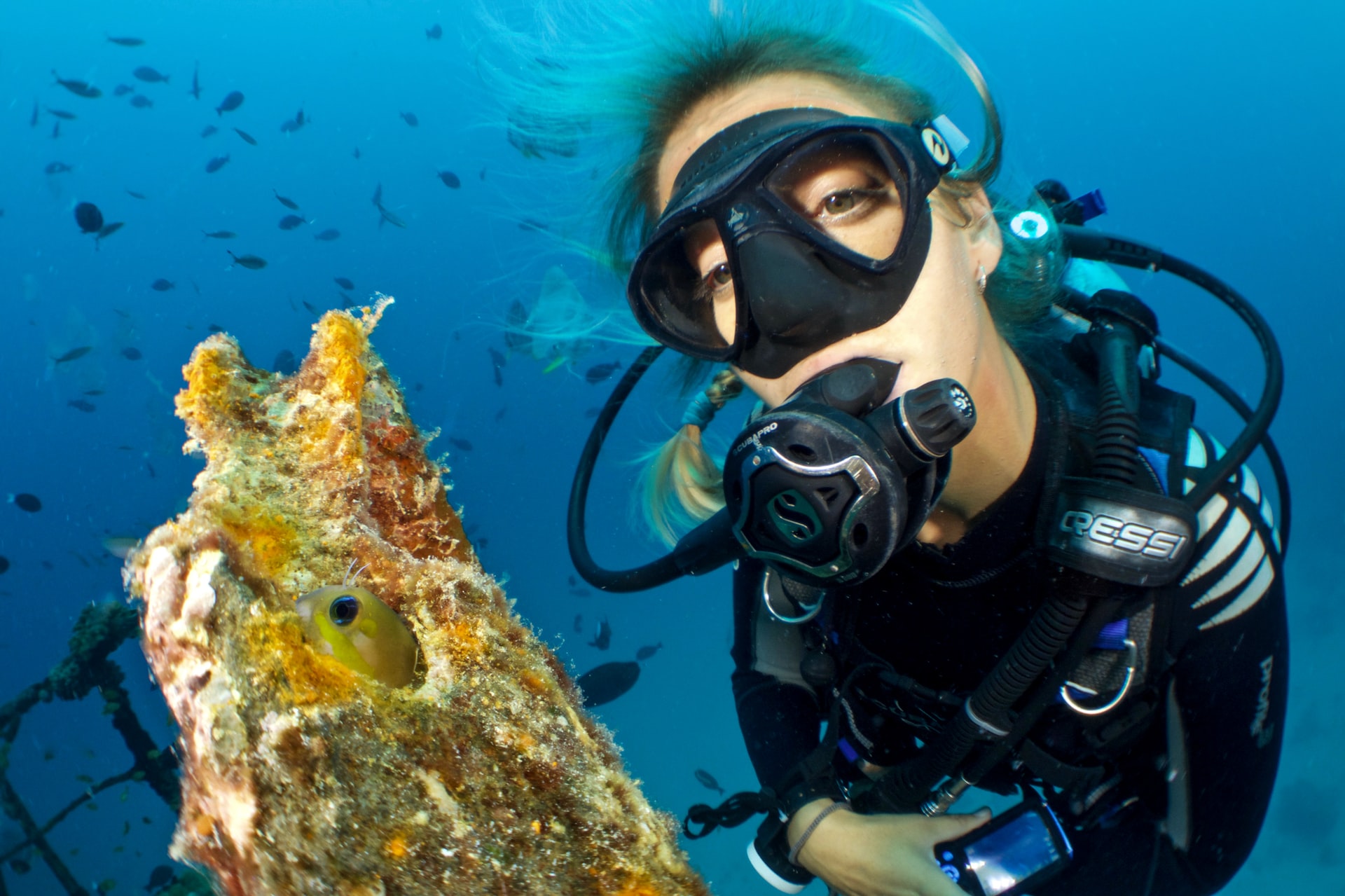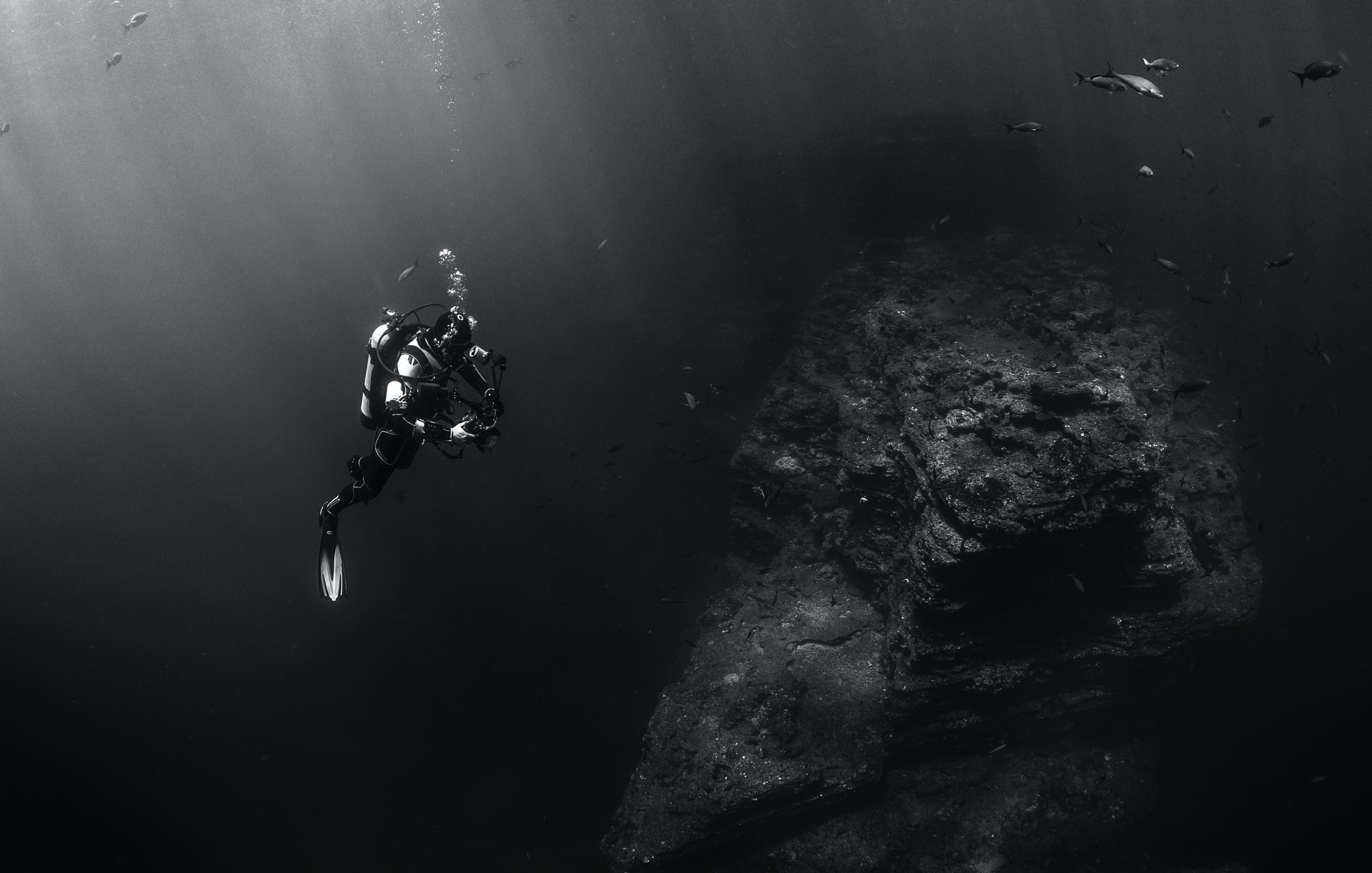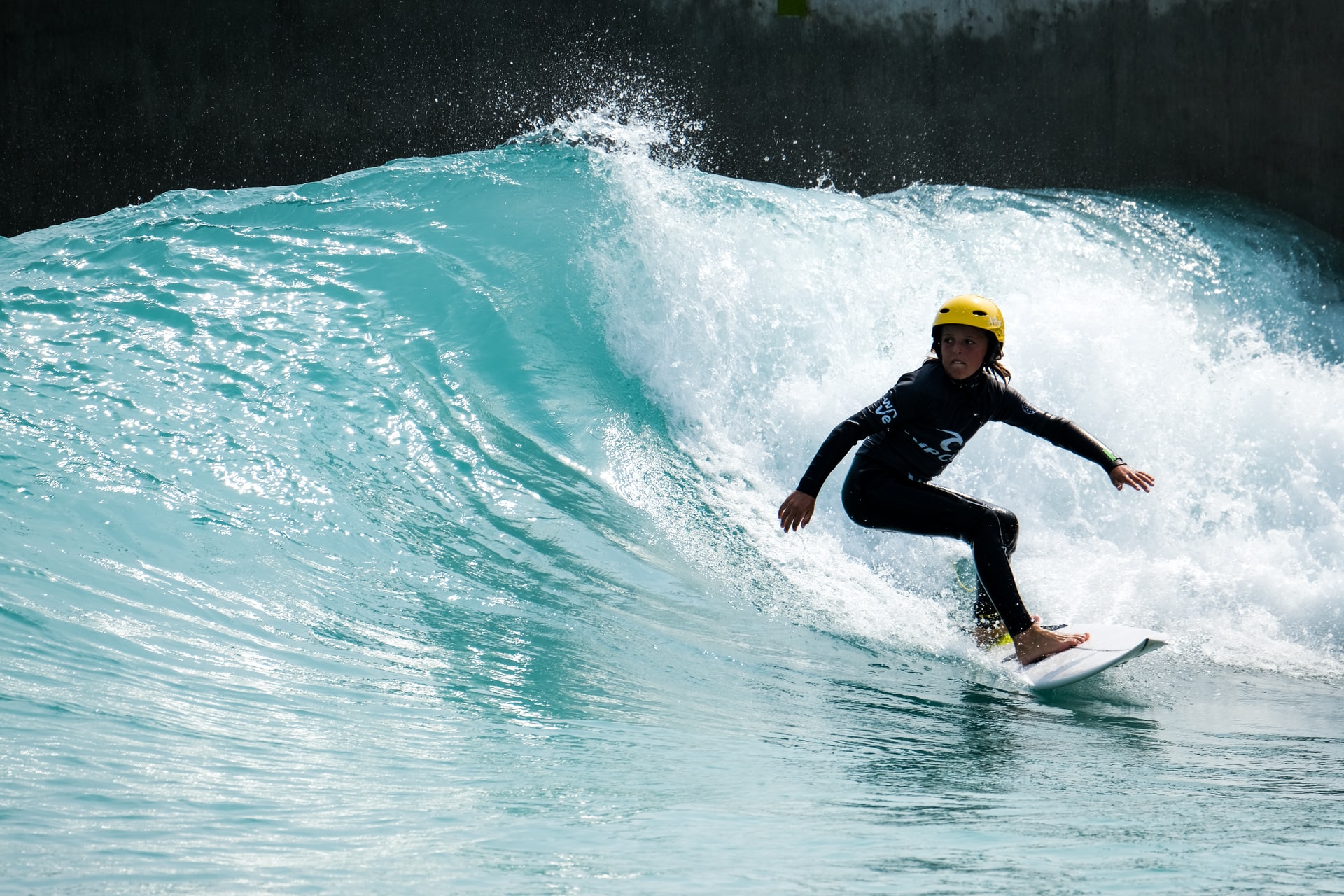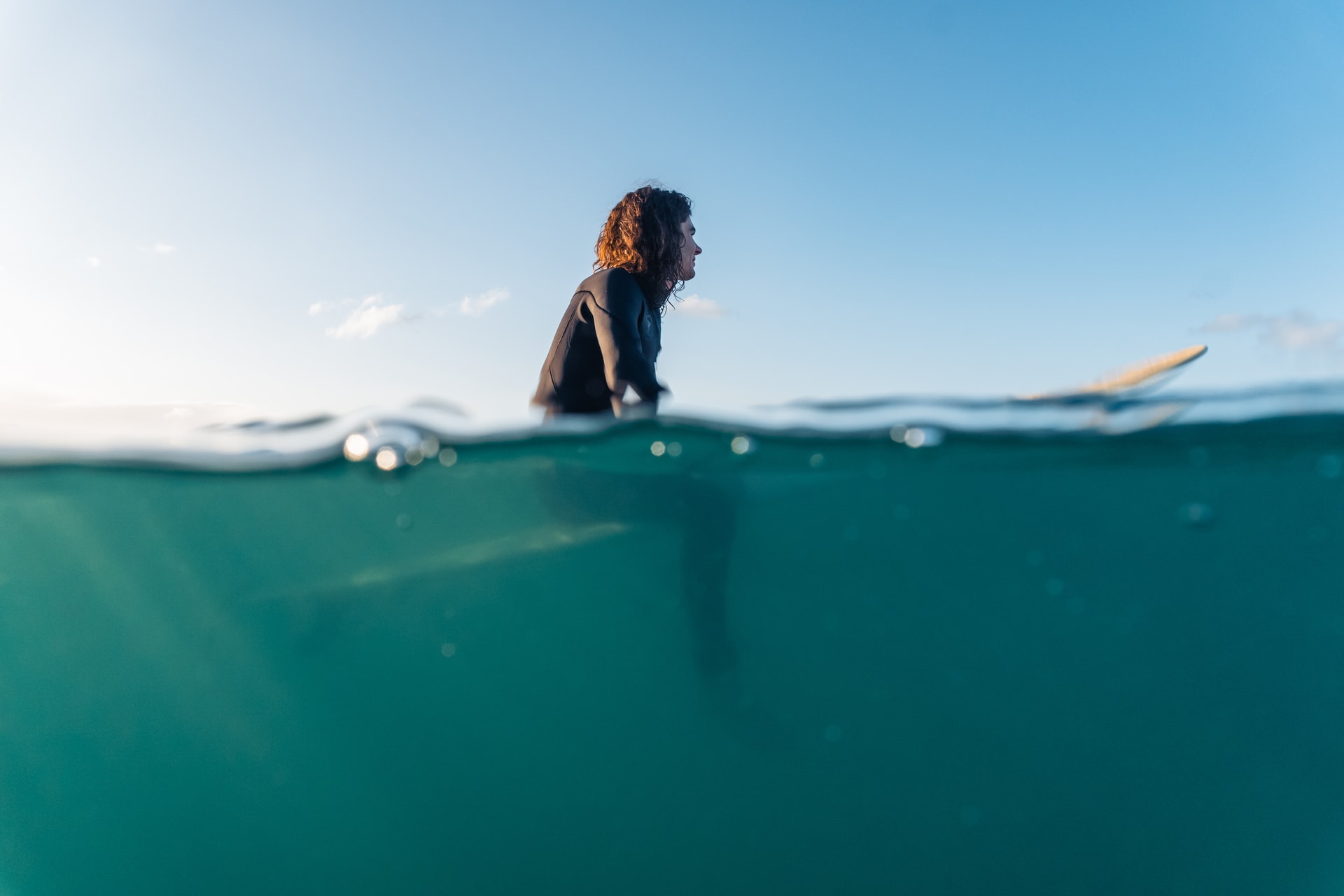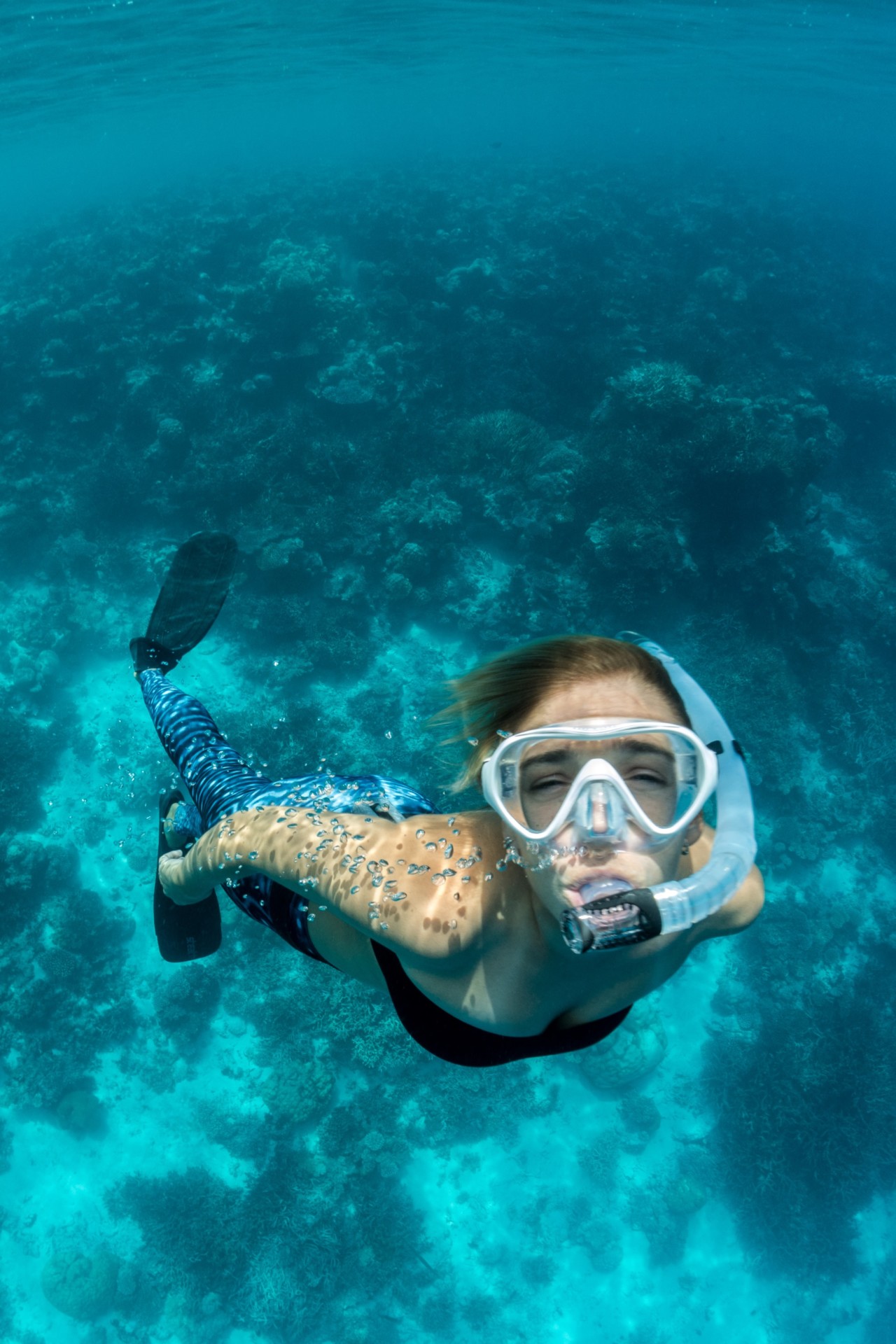Have you ever wondered what it would be like to kayak in water that is illuminated by hundreds of thousands of glowing organisms?
Or, perhaps you have always wanted to see the outline of a dolphin creating sparkles in the water in their wake.
Bioluminescent kayaking takes boating adventures to a new level and learning more about how a tour works will give you a new appreciation for the magic that occurs in the sea.
- What Makes the Water Appear to Glow?
- Where Can You Experience Bioluminescent Water?
- When Is the Best Time to Go Bioluminescent Kayaking?
- Do You Need Permission to Kayak on the Lagoon?
- Can You Swim In the Glowing Water?
- Do Tours Get Cancelled If It Rains?
- How Safe Is It to Kayak at Night?
- Will You See Other Sea Animals While Kayaking?
- What Safety Gear Should You Bring?
- What Type of Kayak is Best for Viewing Luminescent Bays?
- How Can You Get a Good Photo From the Kayak?
- Is It Worth Going On a Bioluminescent Kayaking Tour Again?
- You Might Also Like…
Disclosure: this post contains affiliate links (clearly marked with ), which means we may earn a commission if you buy something through them, at no additional cost to you.
What Makes the Water Appear to Glow?
A bioluminescent lagoon or bay has an otherworldly feeling that makes it seem like you are in a magical place.
The brightly colored water has a very simple explanation that all begins to make sense once you learn about the various organisms and sea animals that flash and glow beneath the surface.
Dinoflagellates
These microscopic single-celled organisms are the main reason why you can travel through glowing water.
Dinoflagellates flash as a protective response that is designed to startle predators. Some scientists also believe that the flashing lights might be meant to attract secondary predators to the scene.
On a kayaking tour, you’ll see the dinoflagellates react to movement from your boat, your paddle and even your hands if you swirl them through the water.
Comb Jellyfish
Comb jellies are gelatinous creatures that do not sting like other jellyfish. They fall apart when they are out of the water, so avoid scooping them up.
Some people describe the glow from comb jellyfish as being more like flashes of rainbow lights from a prism.
The beautiful lights created by these creatures are alluring enough for some kayakers to plan their trips for when they are the most abundant in the water.
Sea Fireflies
These tiny critters with a magical name are actually shrimp, also known as Vargula hilgendorfii.
Bioluminescent shrimp can be found all over the world, but they are most known for giving Japanese rivers a gorgeous blue glow.
Mullets
These fish do not have bioluminescent characteristics, but they play a big part in creating the light show.
As these fish swim around, they trigger the dinoflagellates and leave laser-like trails. Kayakers also find that they add an element of surprise to tours since they tend to jump into boats.
Where Can You Experience Bioluminescent Water?
There are only a few places in the world where you can enjoy this ethereal experience.
Depending upon how much you want to travel, you can head to the Caribbean or check out a tour in the United States.
These are a few of the top destinations where you can enjoy the best and brightest bioluminescent kayaking experience.
Puerto Rico
Puerto Rico is fortunate to have the most places for people to pick from when they plan a night kayaking trip.
These three bays all have unique features that add a special touch to viewing the bioluminescent show.
Laguna Grande
This bay is known for being the second brightest in Puerto Rico. The entrance to the bay is a mangrove forest that gives your adventure a magical start.
La Parguera
This area may have fewer dinoflagellates in the water, but some people prefer the less crowded atmosphere for their boat trip.
Mosquito Bay
The Guinness World Records lists this bay as the brightest in the world. With over 700,000 dinoflagellates per gallon of water, the displays of glowing light are breathtakingly beautiful.
Visit Jamaica’s Luminous Lagoon
The Luminous Lagoon is located about halfway between Montego Bay and Ocho Rios in the city of Falmouth.
In addition to the bioluminescent lagoon, the city is known for its cruise port.
With a hotel and restaurant nearby, you have everything you need in place for a perfect lead up to your excursion.
Kayak Halong Bay In Vietnam
Halong Bay is a favorite place for kayakers to go even during the daytime. If you choose to explore the bioluminescent waters here, then make sure you know where you are going.
The local government does have some restrictions in place for kayakers. For instance, you may be required to only go in certain areas, or you might need to travel with a licensed tour guide.
These regulations are meant to protect the delicate environment from damage caused by too many visitors to specific areas.
Head to the Florida Coastline
Along Florida’s Space Coast, you can enjoy seeing the glowing organisms during a visit to the Indian River Lagoon.
This lagoon is actually made up of three main different bodies of water that include the following:
- Mosquito Lagoon
- Indian River
- Banana River
The bay is also known for having the highest concentration of glowing plankton in the world.
With so many to see, every kayaker is practically guaranteed an amazing adventure.
When Is the Best Time to Go Bioluminescent Kayaking?
Moonlight and other environmental factors play a major role in how well you can see the glowing organisms. The ideal time to plan your trip is between May and November.
During this time period, the weather is fairly comfortable. The water is warmer, which brings out more of the plankton.
Between November and March, comb jellyfish tend to be more visible. Going kayaking during this time can give you a different experience if you’ve been during the summer before.
Experienced bioluminescent kayakers will also say that the ideal time to head out onto the water is about two hours after sunset. Many tours begin around 9 p.m. for this reason.
A lunar calendar is a helpful tool that you can use to plan your trip for the perfect lighting to see the bioluminescent organisms at their brightest.
Try to plan your trip during a new moon to get the darkest skies.
Having little to no moonlight beaming down upon the water makes it possible to see more of the bioluminescence.
The days leading up to and after a new moon are also great viewing times. Most tours plan their trips around these dates to give tourists the best possible experience.
Do You Need Permission to Kayak on the Lagoon?
The local laws and ordinances will determine whether you need a permit or special permission to kayak on a lagoon.
Always check the rules for your destination to find out if you must travel with a tour group or carry special supplies.
For example, Florida requires night kayakers to carry a noise-making device along with a light source to alert other boaters to their presence.
Can You Swim In the Glowing Water?
This is another gray area. Swimming is banned in many bioluminescent bays to prevent the destruction of the environment from things such as chemicals in your clothing and sunscreen.
However, you will find that some areas are more lenient than others. If you are going on a supervised tour, always ask the tour guide if it is allowed before you slip into the water.
If swimming is not allowed, don’t worry. You can often find safe areas to swim during the day, and paddling in a kayak is an experience all on its own.
Do Tours Get Cancelled If It Rains?
Coastal regions often experience sudden rainstorms in the evenings. As a general rule, you can usually enjoy a bioluminescent kayaking tour during a rain shower.
These may be cut short or cancelled if there is lightning, high winds or other dangerous weather occurring.
Going kayaking in the rain definitely means that you will get wetter than normal, but you’ll also be treated to a dazzling display of light as the raindrops hit the water.
How Safe Is It to Kayak at Night?
Kayaking after dark comes with a few minor risks. Other boaters might not be able to see you as easily. A rescue may also be more difficult if you fall overboard and cannot get back to your boat.
Accidents are rare among people who go bioluminescent kayaking. Beginners are welcome on group tours, and you can minimize the risks by following general safety practices for being on the water.
Will You See Other Sea Animals While Kayaking?
Sea life flock to the areas where dinoflagellates glow. This brings out an array of beautiful ocean animals that you might catch a glimpse of on the tour.
Dolphins are often said to look like torpedoes shooting through glowing water. You might also see manatees, stingrays and other swimming animals as the move below the surface.
What Safety Gear Should You Bring?
If you go on a professional tour, then most of your safety gear should be provided. Beware that if you are kayaking in a foreign country, then you will want to check on that first.
Some places are more relaxed about things such as wearing life jackets than others.
You’ll also want to dress for the weather and bring these items along if you are going solo or they are not provided by the tour:
- whistle
- flashlight or headlamp
- life jacket
- first aid kit
Night kayakers also use red and green lights to let other boaters know the direction in which they are going. Green lights go on the right side of your kayak, and the red lights go on the left side.
What Type of Kayak is Best for Viewing Luminescent Bays?
You can take both single and tandem kayaks on bioluminescent viewing trips. Many tours even offer clear kayaks that let you see what is happening below your boat as you paddle through the water.
How Can You Get a Good Photo From the Kayak?
Everyone wants to capture that perfect selfie as they float along the glowing water. While you’ll see some amazing photos online, you need to know that they aren’t easy to get.
In fact, some of the photos that you see are photoshopped to make the glow look brighter.
Photographing the bioluminescent water is harder due to the constant movement of the organisms that provide the glow.
Some kayakers recommend leaving your camera on dry land, but there are a few tips to follow if you must give capturing an image a shot.
Always use a professional camera that allows you to set it to a wide open aperture. Then, use a high ISO setting to make the image brighter.
To combat the movement of the organisms, you can use a longer exposure time of at least 10 seconds. Don’t forget to add some light if you want to get an image of your fellow kayakers.
Is It Worth Going On a Bioluminescent Kayaking Tour Again?
Absolutely! Every trip is a different experience. You might see more comb jellies on one trip, and be fortunate enough to watch a school of dolphins swim through on the next.
Your experience will also change depending upon the location, time of year and the weather. Once you’ve gone on a tour, you will be eager to jump like a mullet at the chance to go again.
Seeing the water change and illuminate with the swipe of your hand or a paddle is amazing.
While you might not always be able to snap that perfect picture, you can be certain that the image of the glowing water will always be seared in your mind.
Going bioluminescent kayaking is one of those things that every water sports enthusiast should have on their bucket list, and the experience is worth checking off twice.
You Might Also Like…
-
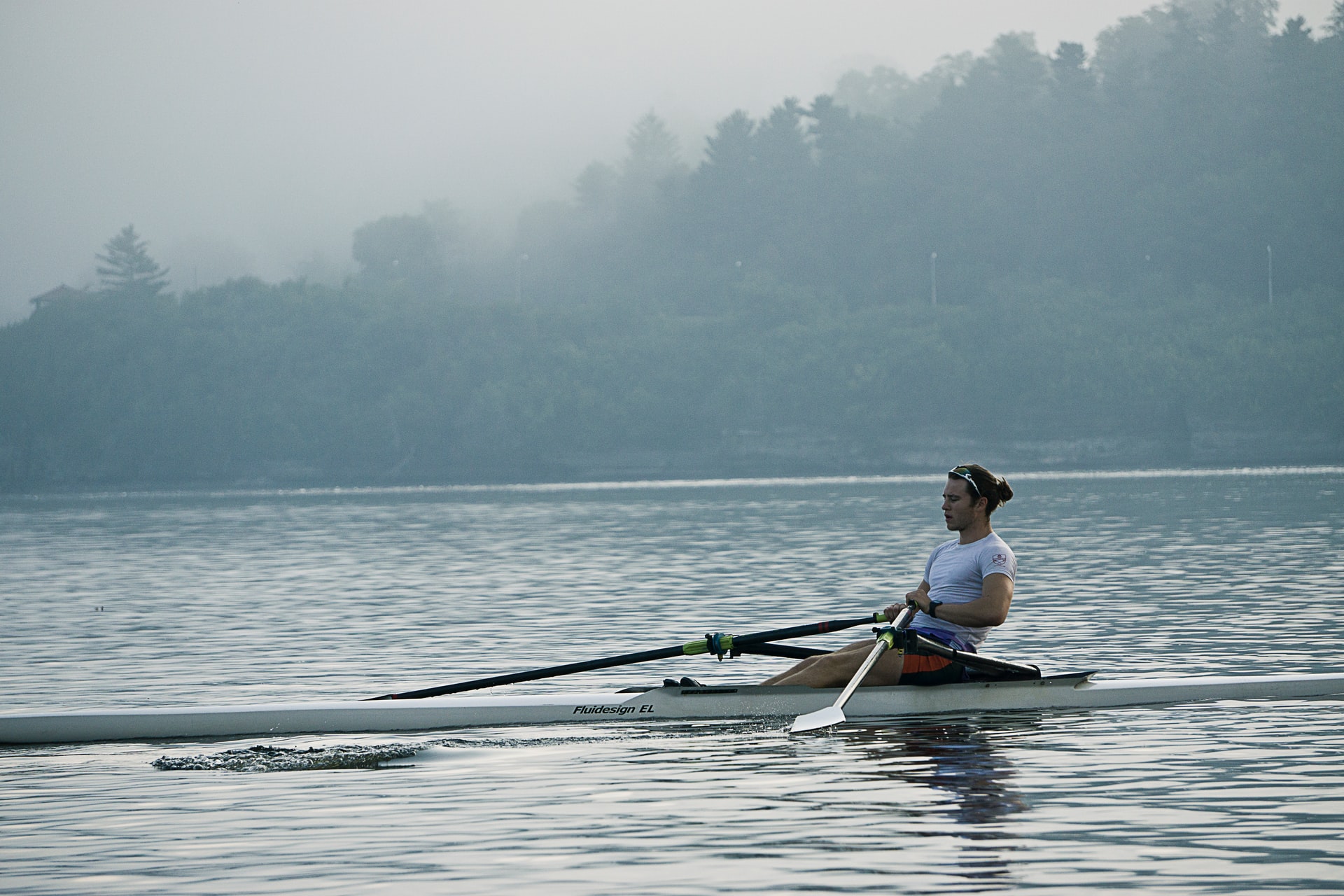
Kayaking Vs. Rowing: What’s the Difference? (8 Key Differences)
-
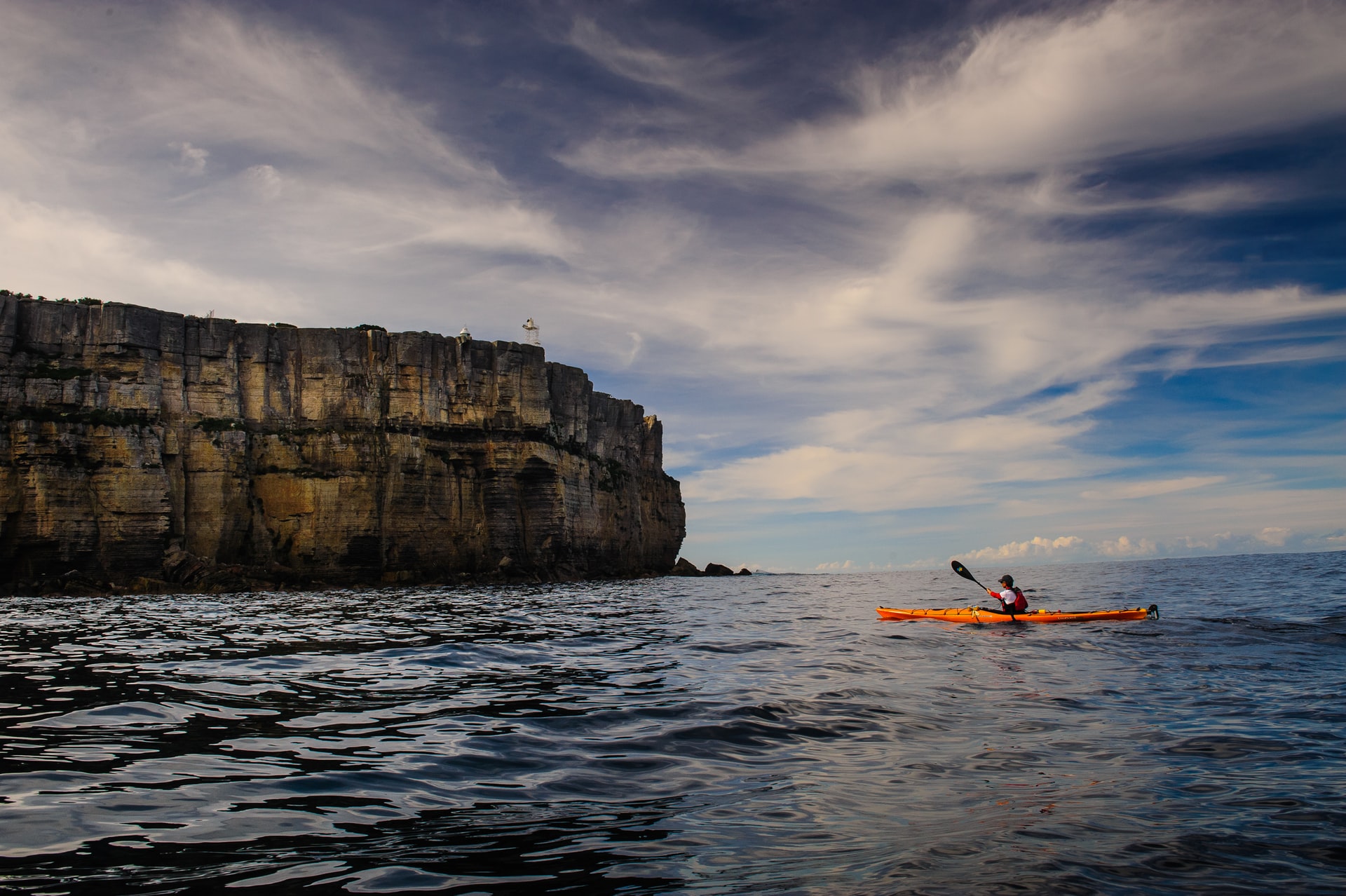
When Is It Too Windy for Kayaking? (Crucial Facts You Should Know)
-
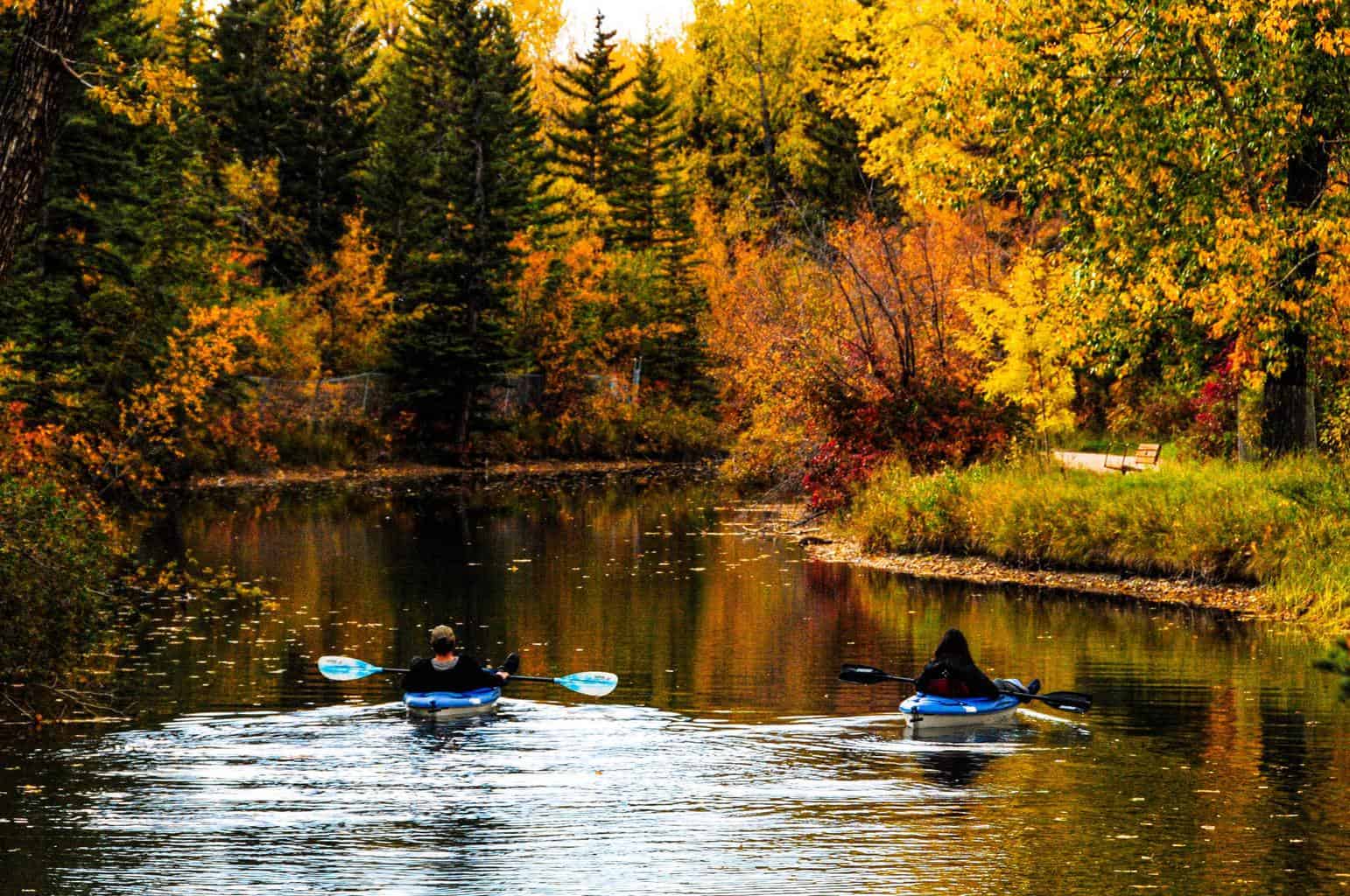
When to Go Kayaking? (What Every Kayaker Should Know)
-
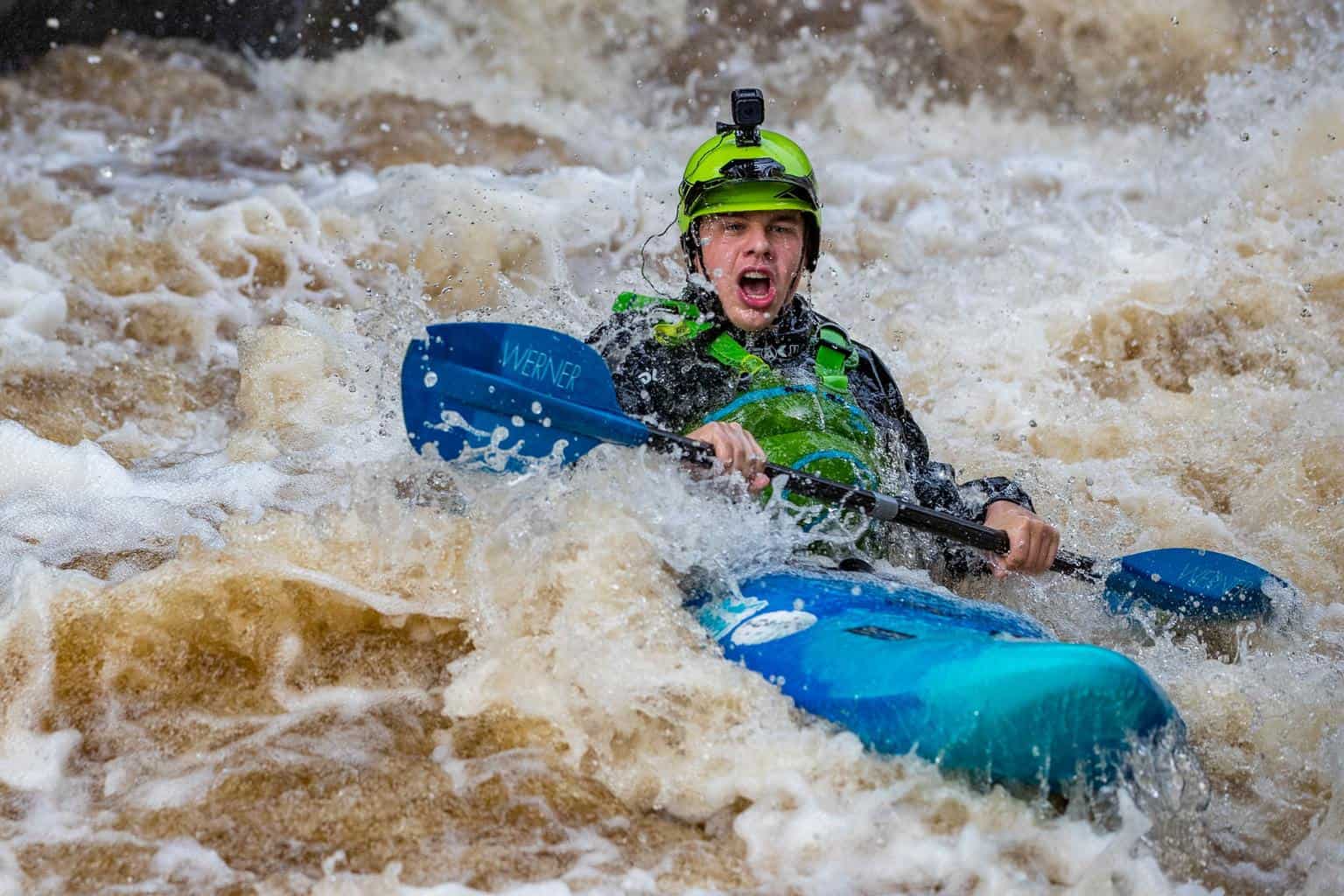
Will I Get Wet Kayaking? (Common Reasons & How to Stay Dry)
-
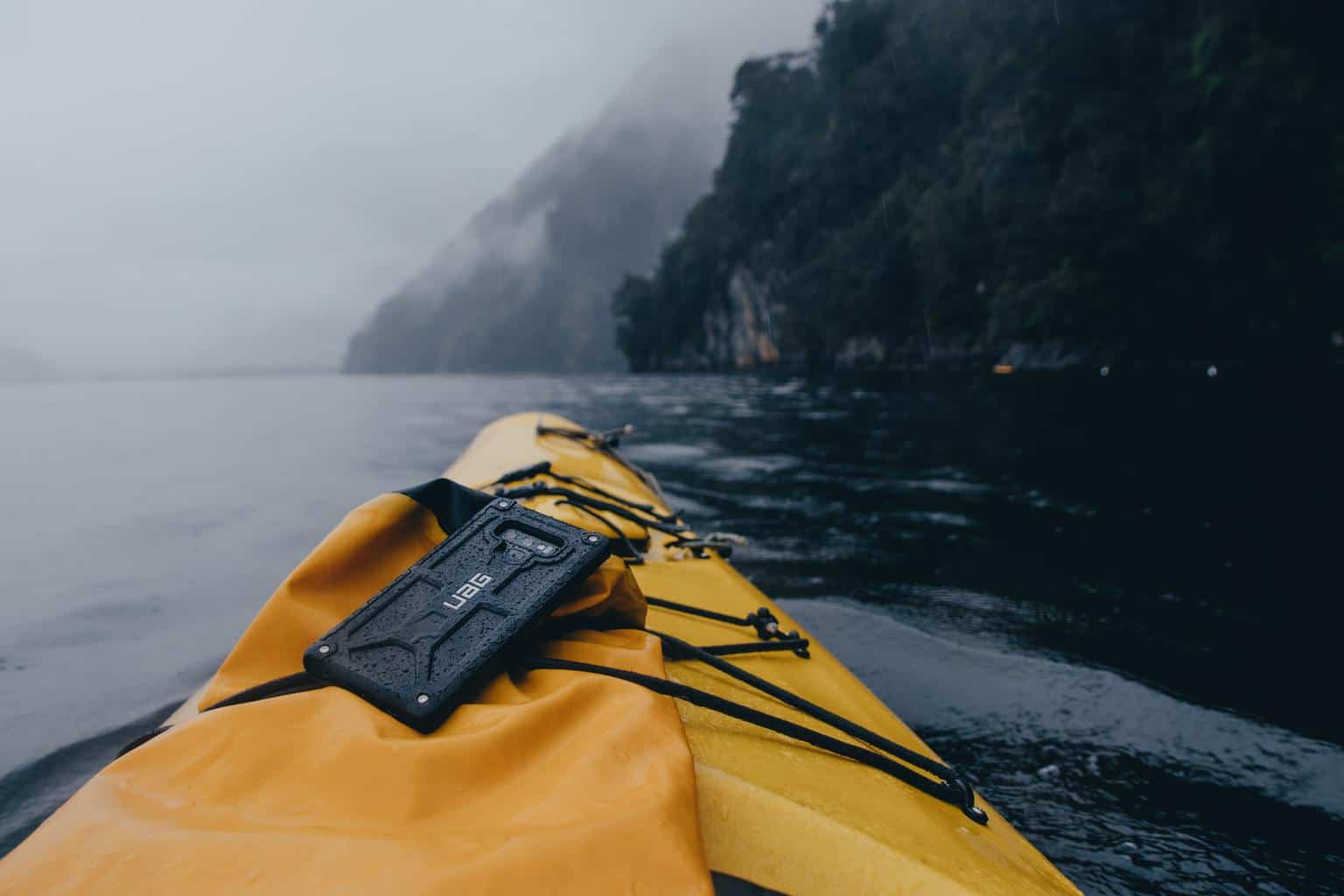
Should I Bring My Phone Kayaking? (7 Good Reasons)
-
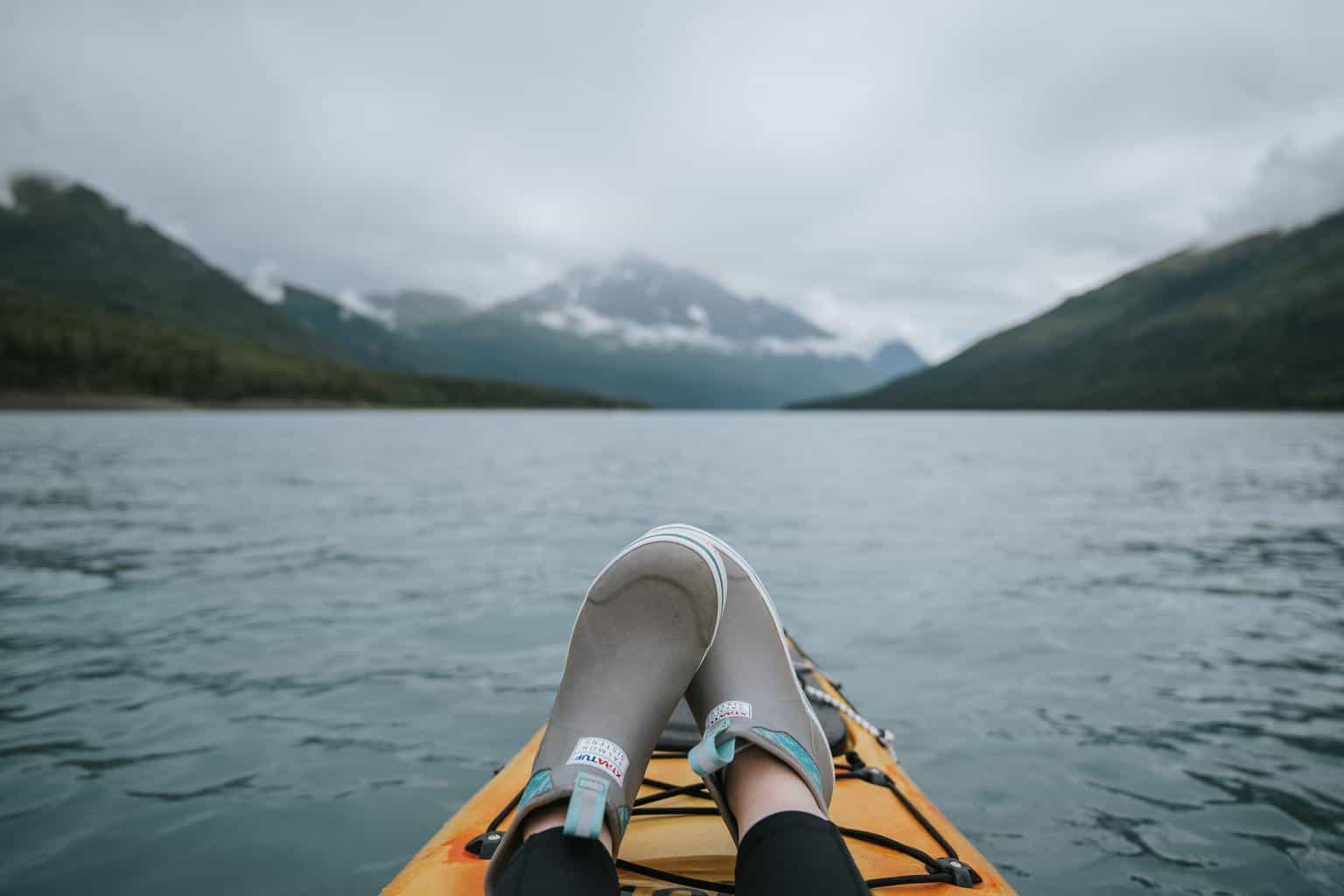
What Shoes to Wear Kayaking? (+ the Best Shoes for Your Needs)
-
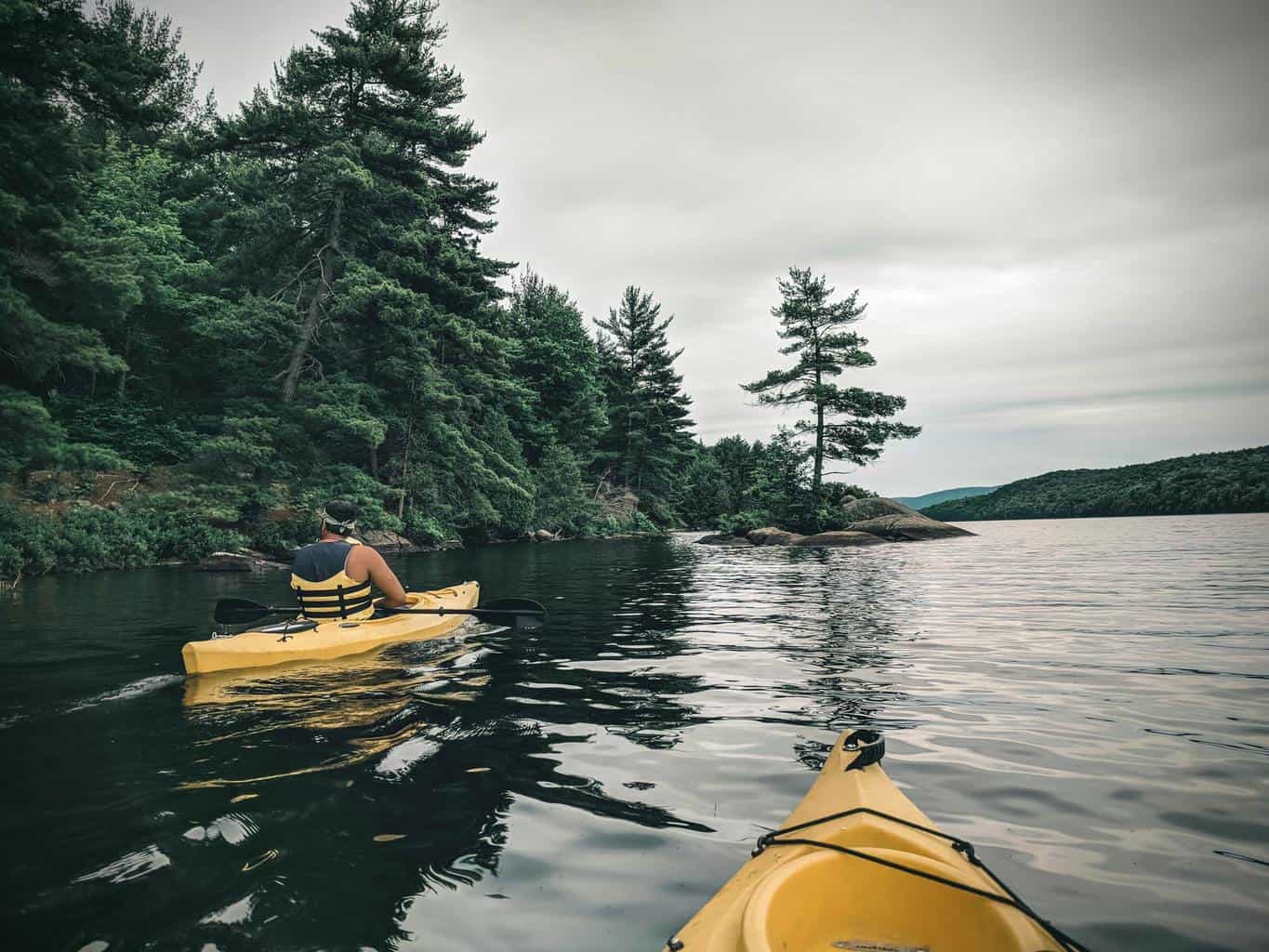
Can Kayaking Cause Chest Pain? (What Every Kayaker Should Know)
-
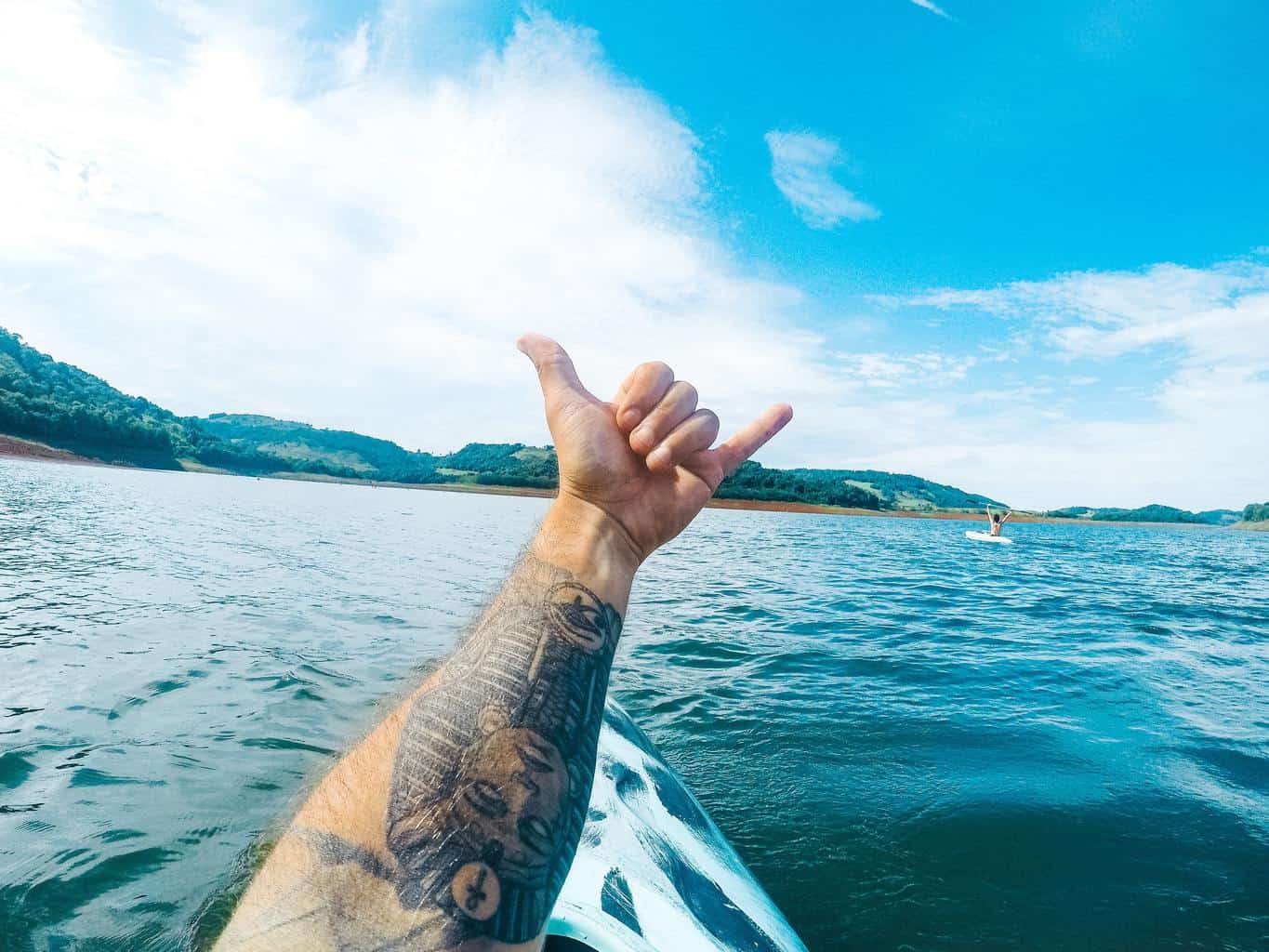
Can I Go Kayaking With a New Tattoo? (Facts You Should Know)
-
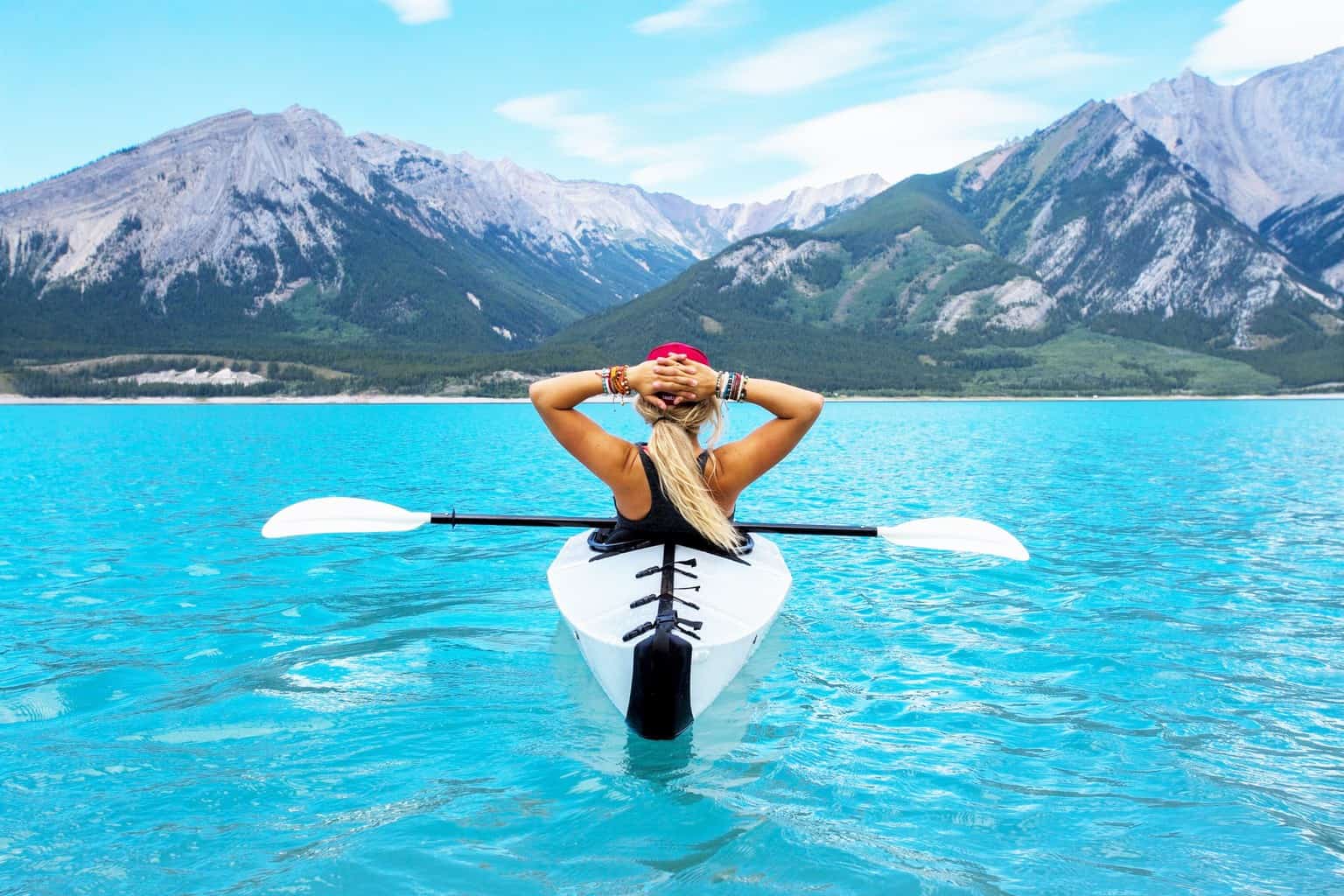
Can You Go Kayaking On Your Period? (+Practical Tips)
-
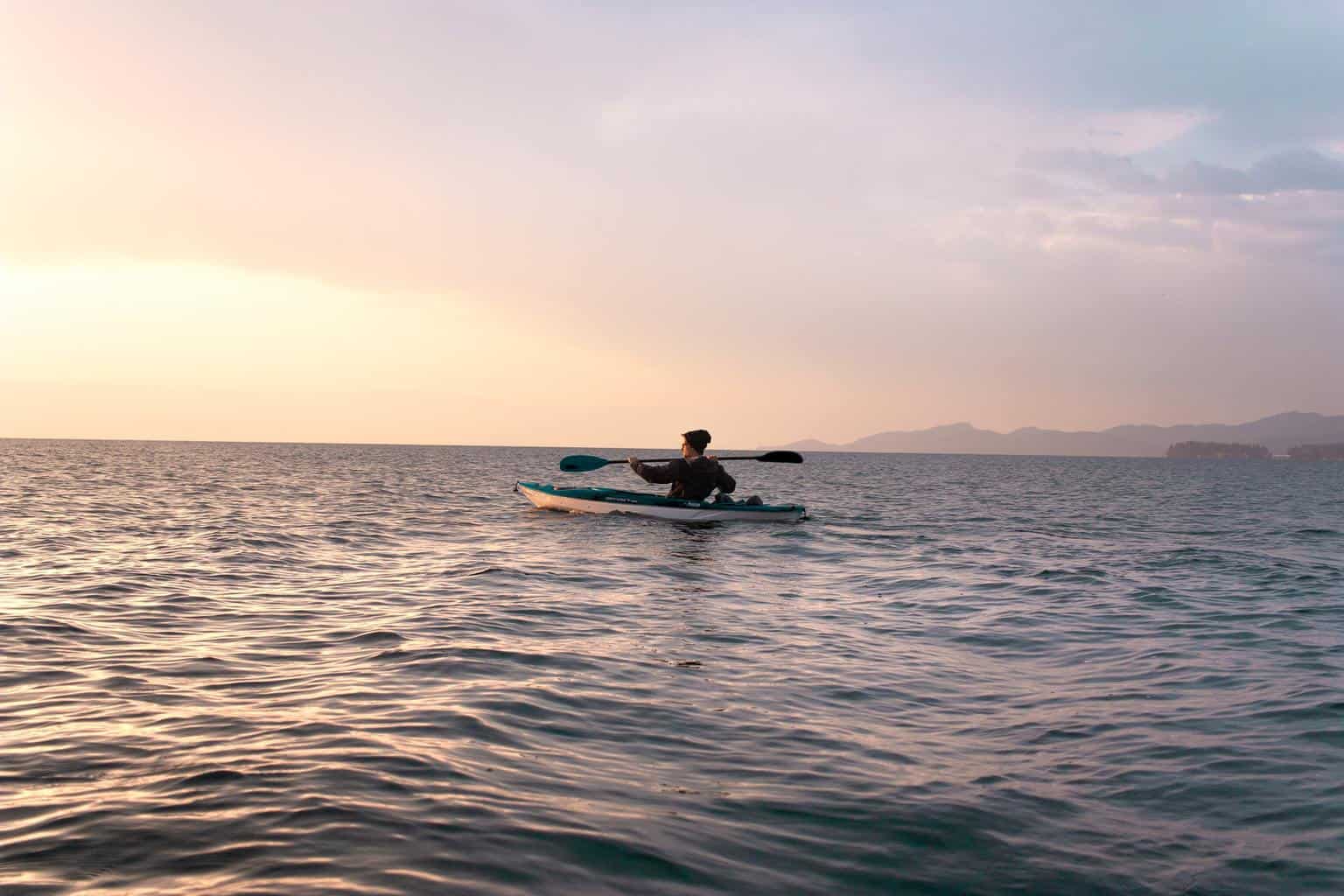
Can Kayaking Cause Hemorrhoids? (What Every Kayaker Should Know)
-
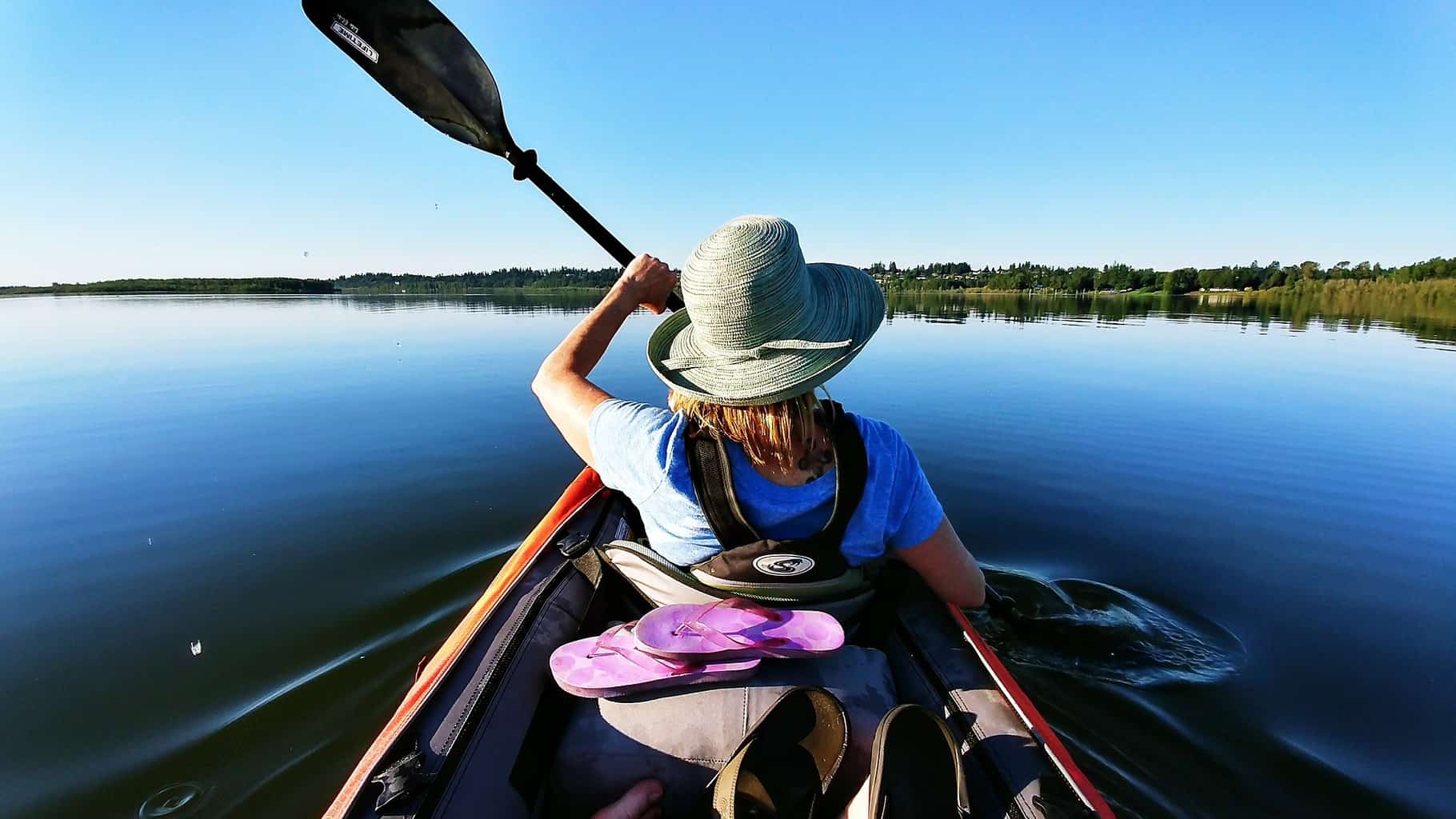
Can Kayaking Cause Tennis Elbow? (+8 Simple Tips to Avoid It)
-
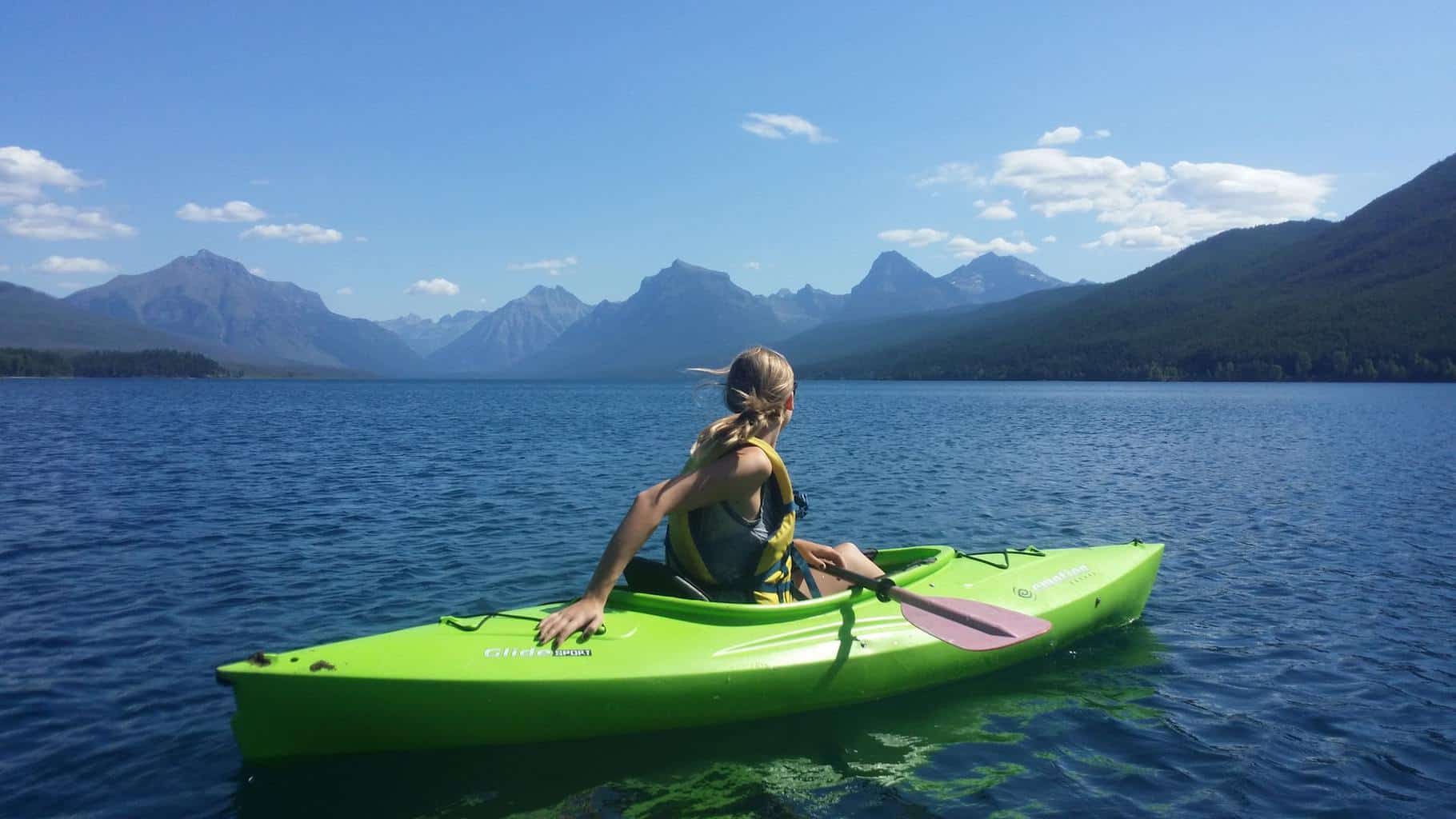
Can Kayaking Cause Sciatica? (+7 Tips to Avoid It)

